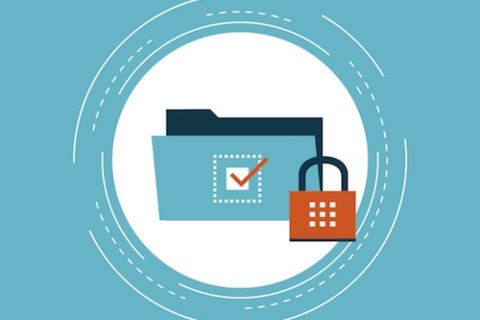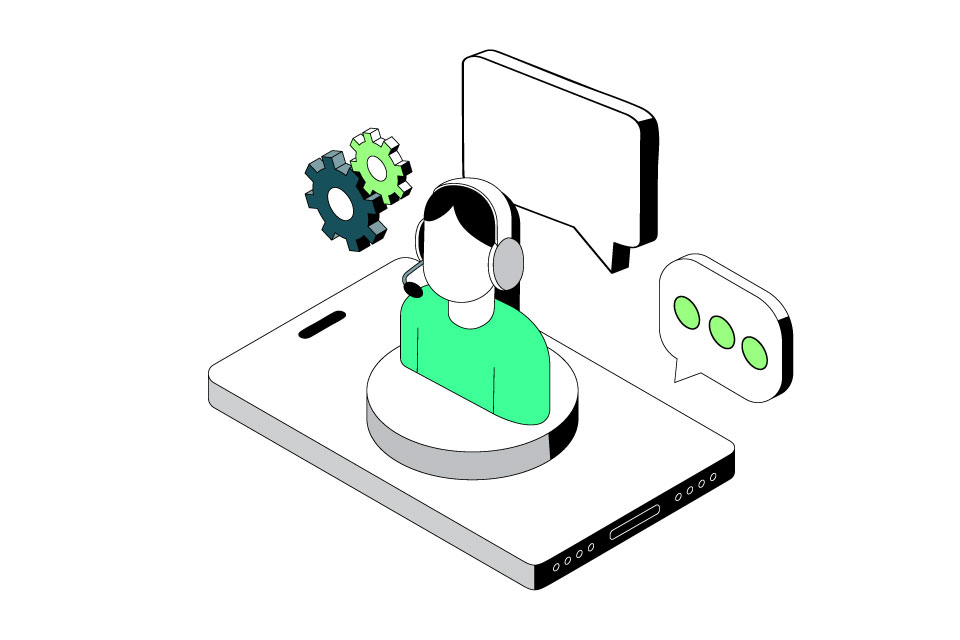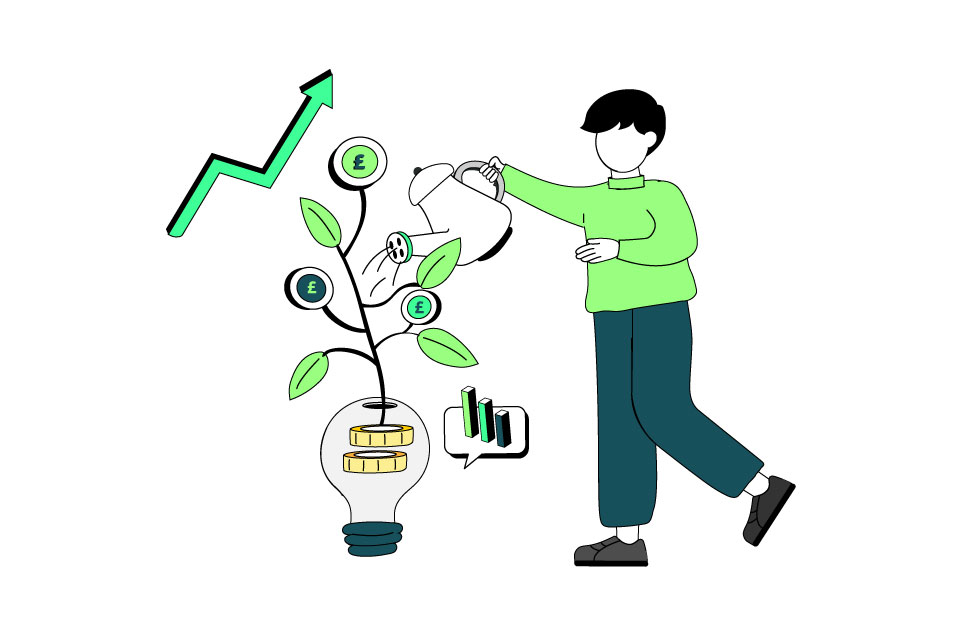By Jo Causon, CEO, The Institute of Customer Service
As we continue to navigate this pandemic’s the focus is turning to how organisations develop a viable strategy for recovery, that balances societal needs and economic pressures. If hard-hit businesses are to bounce back quickly, they must be proactive and agile; able to swiftly and efficiently adapt to changing circumstances, and to better understand and anticipate the evolving needs of their customer base.
Things are rarely simple and obvious – it’s the subtle signs that we need to watch for. For me, it’s not online vs human interface; it is online for transactional, human for emotional and potentially a combination of the two for some activities. So genuinely building immersive virtual experiences for those who want it, and that’s the point this needs to be driven by customer choice, not just organisational need.
To that end, we have already begun to see organisations across all sectors investing in new technology to improve their ability to harness information to understand the behaviour and expectations of their customer base. First and foremost, deeper insights into how and why customers use your products and services are essential to improving the customer experience; ultimately leading to higher levels of customer satisfaction and loyalty. Understanding customer journeys and demand allows businesses greater opportunity to create personalised experiences.
With consumers increasingly using online channels and applications to access services, the digital space is set to become an ever more important and competitive environment for the customer experience. So we need to think hard about what we are trying to deliver through our different approaches and channels, the effective use of technology can really augment the human experience in non-intrusive ways – for example, voice analytics which enable helpful prompts in a timely manner, virtual catwalks and concerts that let you feel that you are genuinely present.
As methods of engagement become established, those who combine the insights gained from pertinent customer data with the right blend of technology and people will be able to tailor personalised experiences based on each customer’s needs.
To unlock the full value of the information they hold, organisations should invest in the right tools and ensure their people are effectively trained in how to use them. And that data should be handled with great care. Many customers are still extremely concerned about privacy, security and ethics – and organisations need good governance that promotes transparency, along with proactive communications with customers to reassure that they are using their data responsibly.
By understanding what makes our customers tick, aligning people and technology and instilling a culture of honesty, we can position ourselves to thrive whatever external challenges we face.



